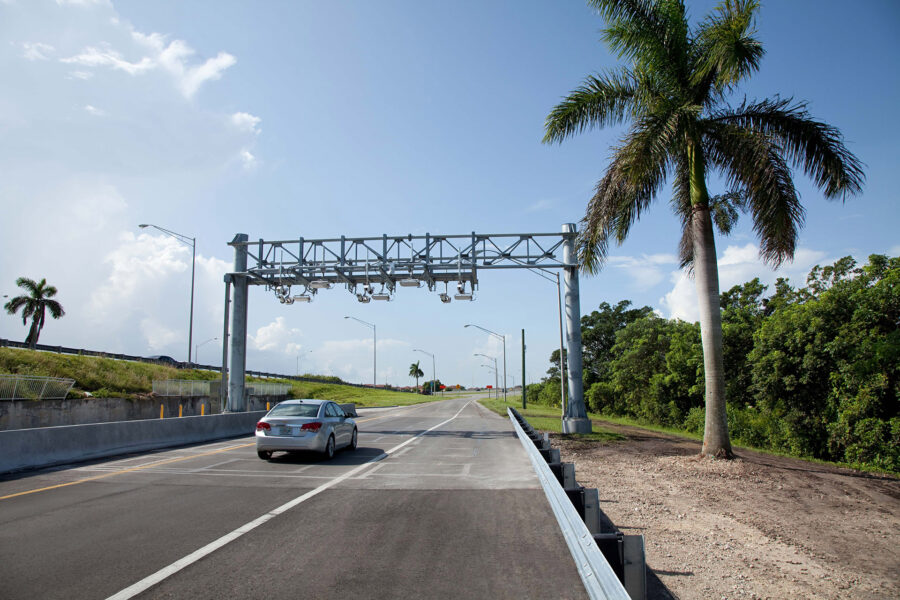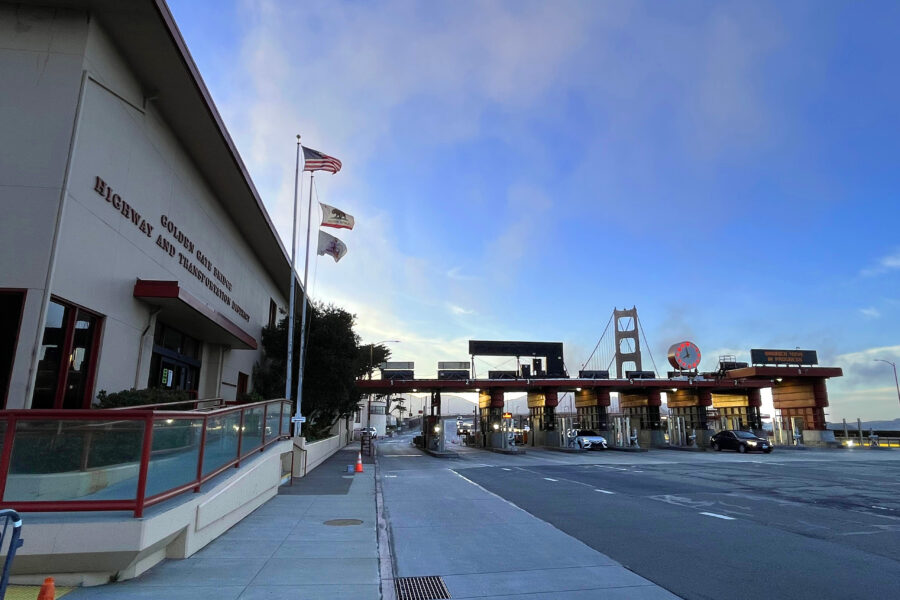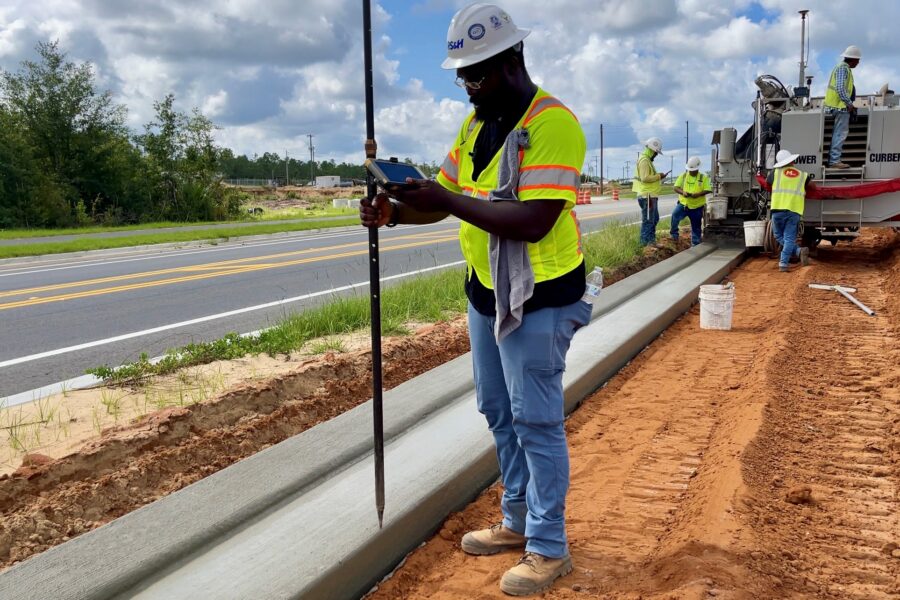Toll System Integration Project Documentation – What’s the Right Balance?

Tolling agencies have adopted a fairly liberal approach to documentation requirements when sourcing new systems – the more documents, the better.
A typical contract calls for several levels of system design documentation, including extensive testing plans and scripts, integration plans, migration plans, and maintenance plans. These documents are often in addition to a full suite of project control documentation, such as plans for project management, quality management, communications, risk management, and contractor management.
Combine all of these necessities with extensive, schedule-killing review and comment requirements, and you have a perfect recipe for cost overruns, contract disputes and blown schedules. Perhaps that’s why, in a recent survey of prospective toll systems integrators, all respondents indicated documentation requirements were the one thing they would change if given the opportunity.
If the traditional approach isn’t working, what is the right balance that protects the owner while allowing contractors to deliver projects in an efficient manner?
A Different Path
Some might argue that an extensively documented project is the only path to success. The traditional approach shields the owner from risk, stops integrators from moving forward without a sound design and integration plan, and ensures the owner that they have sufficient documented knowledge of their system to assume responsibility for it should the contract go south.
Have any owners ever taken this route and employed their library of documents to take over a system? Sure, some have taken over responsibility for legacy systems – with varying degrees of success – but these efforts were the result of often-necessary reverse engineering, not a methodical process relying on detailed documentation.
There are alternative approaches that can yield similar owner safeguards. One such approach is to reduce documentation requirements to what can be viewed as an acceptable understanding of the end product, including how performance will be measured, but absent of truly detailed insight into how it is engineered and implemented. This – coupled with a sound performance-based contract – will greatly improve the chances of on time delivery.
Protect Project Management Protocols
As for project control materials, project management documents should not necessarily be abbreviated. Most failed projects can be traced back to poor project management methods employed by the owner, contractor, or both.
Software solutions providers should have all of these artifacts more or less on the shelf, requiring little effort to tailor existing project management processes to meet a specific project’s needs.
Streamline Owner Review
The typical owner review approach is to implement a 10-business-day review period wherein the owner and/or its consultant compiles comments that are then transmitted back to the contractor for edits. The document is passed back and forth between owner and contractor until it is deemed acceptable. This process can be a schedule killer that often results in contract disputes.
Fortunately, a more collaborative approach to document reviews exists. Instead of owners and contractors playing tag with each other, document submissions are followed by in-person workshops that include decision makers from both parties. The goal of these workshops is simple: finalize the project documentation and move on adhering to the schedule.
Proper documentation is certainly essential, but overly detailed materials that have no true use only add an unneeded burden to already complex projects. Owners would be wise to consider a streamlined approach to project documentation and review when considering their next system integration contract.
For more information, check out our Tolls & Managed Lanes services.




